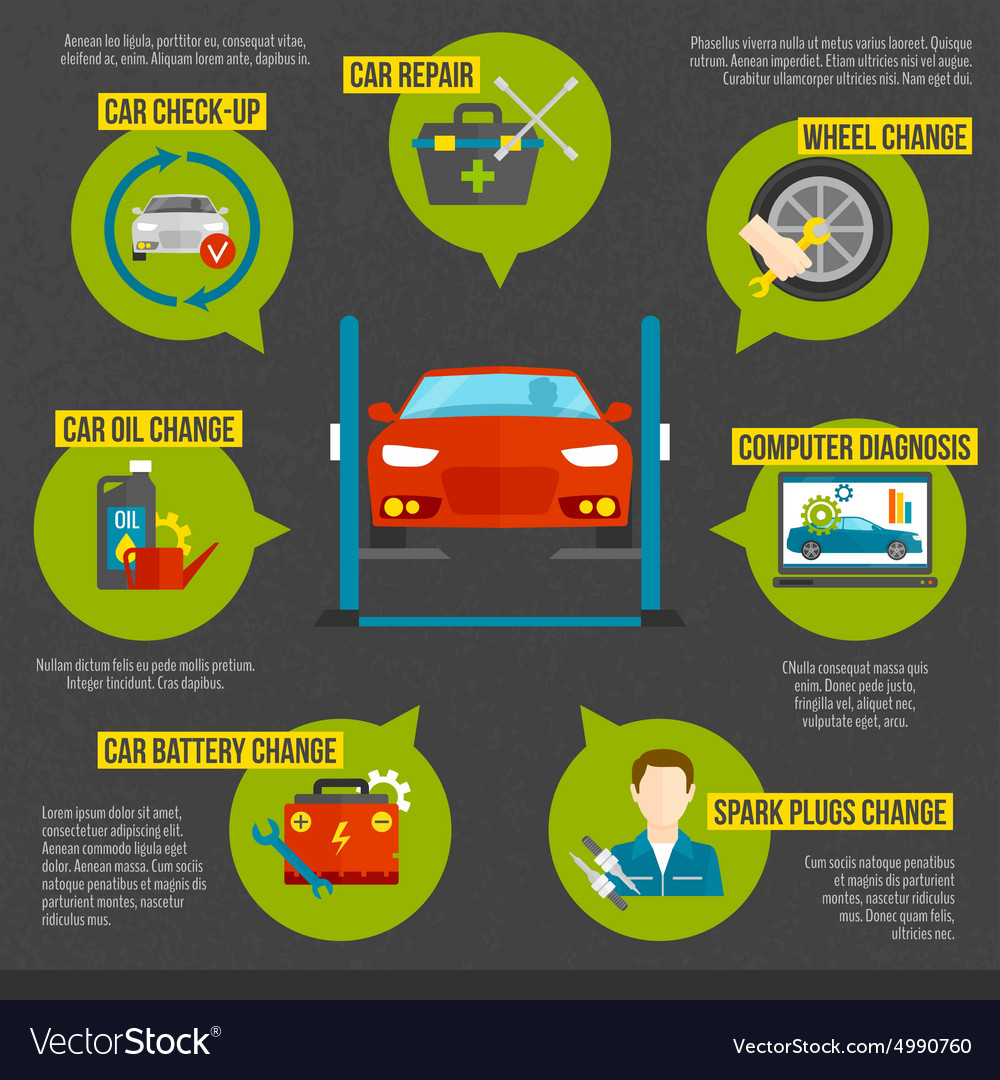Wondering About The Meaning Behind Those Control Panel Caution Lights? Gain Insights Into Their Ramifications For Your Automobile'S Security And Maintenance
Wondering About The Meaning Behind Those Control Panel Caution Lights? Gain Insights Into Their Ramifications For Your Automobile'S Security And Maintenance
Blog Article
Material Writer-Hartley Kejser
When you lag the wheel, those glowing warning lights on your control panel can be a little bit difficult. Do you recognize what they're attempting to inform you about your vehicle's health? Comprehending the importance of these lights is vital for your safety and security and the longevity of your vehicle. So, the following time one of those lights appears, wouldn't you intend to decipher its message accurately and take the essential actions to resolve it?
Common Warning Lighting and Interpretations
Recognize usual caution lights in your auto and understand their definitions to make sure secure driving.
The most common warning lights include the check engine light, which signals problems with the engine or exhausts system. If https://ecutuningshopsnearme28384.onzeblog.com/31220336/an-essential-overview-to-the-essential-tools-required-in-all-vehicle-service-center-revealing-the-insights-behind-effective-lorry-upkeep-practices comes on, it's vital to have your vehicle inspected immediately.
The oil pressure alerting light suggests reduced oil pressure, needing prompt focus to prevent engine damage.
A blinking battery light might suggest a defective billing system, potentially leaving you stranded otherwise resolved.
The tire pressure monitoring system (TPMS) light informs you to reduced tire pressure, influencing lorry security and fuel performance. Ignoring this can cause dangerous driving conditions.
The ABS light shows a problem with the anti-lock braking system, compromising your capacity to quit rapidly in emergency situations.
Finally, the coolant temperature cautioning light warns of engine getting too hot, which can lead to extreme damages otherwise fixed quickly.
Comprehending just click the next document will certainly help you address problems immediately and keep risk-free driving conditions.
Importance of Prompt Focus
Recognizing the usual warning lights in your automobile is just the first step; the significance of quickly dealing with these warnings can't be highlighted enough to guarantee your safety on the road.
When a warning light brightens on your control panel, it's your car's method of communicating a possible concern that requires interest. Neglecting these warnings can bring about much more serious problems later on, endangering your safety and security and possibly costing you a lot more in repairs.
Trigger interest to alerting lights can prevent failures and crashes. For instance, a flashing check engine light might indicate a misfire that, if left neglected, could create damage to the catalytic converter. Resolving car interior and exterior cleaning can save you from a pricey repair work.
Likewise, car paint restoration cautioning light might indicate reduced brake fluid or used brake pads, important components for your safety when driving.
Do It Yourself Troubleshooting Tips
If you observe a caution light on your control panel, there are a few do it yourself fixing pointers you can try before seeking expert assistance.
The initial step is to consult your auto's manual to comprehend what the specific warning light suggests. Occasionally the issue can be as simple as a loose gas cap causing the check engine light. Tightening the gas cap may solve the issue.
Another usual problem is a reduced battery, which can trigger different warning lights. Checking the battery links for rust and guaranteeing they're safe and secure may fix the trouble.
If a caution light continues, you can try resetting it by disconnecting the car's battery for a couple of minutes and afterwards reconnecting it. Furthermore, checking your automobile's liquid degrees, such as oil, coolant, and brake fluid, can aid troubleshoot alerting lights related to these systems.
Conclusion
Finally, comprehending your car's caution lights is important for maintaining your car running smoothly and securely. By quickly addressing these alerts and knowing what they mean, you can stay clear of pricey repair work and prospective malfunctions.
Keep in mind to consult your car's handbook for specific details on each warning light and act appropriately to make sure a trouble-free driving experience.
Stay informed, stay safe when traveling!
